In this comprehensive guide, we invite birdwatchers, naturalists, and enthusiasts alike to embark on a journey of discovery and learn how to identify American crow feathers.
By delving into the realms of size, shape, color, and texture of tailfeathers, wings, and other feathers, we will not only unlock the secrets of these feathers but also gain a profound understanding of bird ecology, embrace symbolism, and contribute to conservation efforts. Plus, we’ll learn to recognize their distinctive caw as well.
Introduction
Have you ever stumbled upon a black feather and wondered about its origin? Perhaps it belonged to an American crow or one of the common ravens, two of the most captivating and intelligent birds in the Corvid family.
Crow feathers, including their tailfeathers and wings, hold a world of secrets, from their intricate beauty to their deep symbolism.
Related Article: How To Identify Bald Eagle Feathers
How to Identify Crow Feathers: A Closer Look
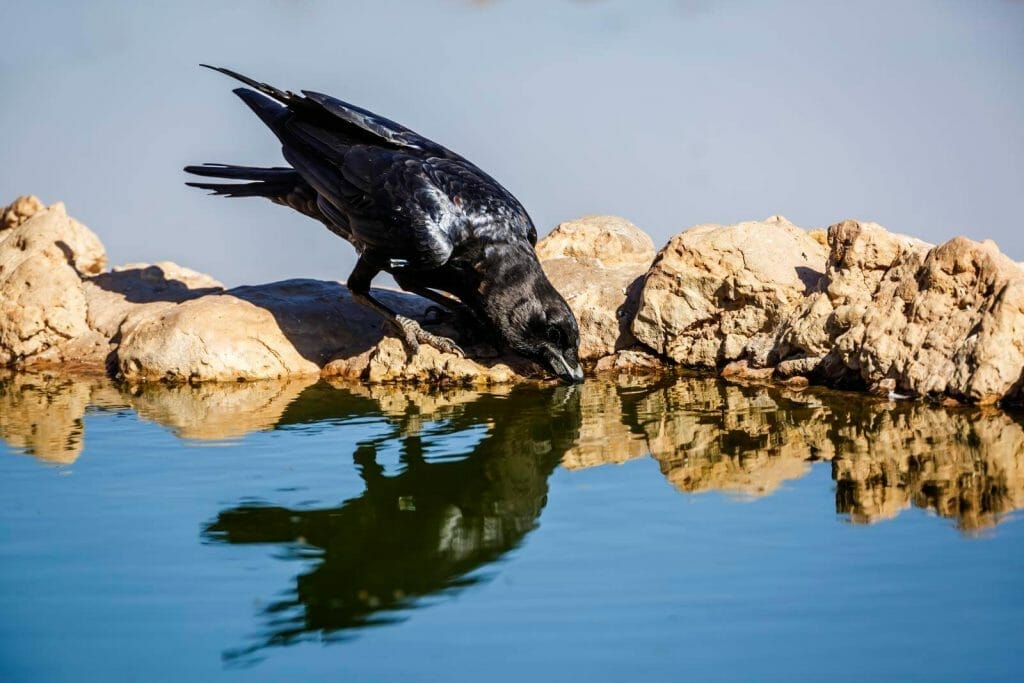
To accurately identify American crow feathers, examining their size, shape, color, and texture, including their tailfeathers is vital.
This will enable you to differentiate them from ravens and other bird species and appreciate their unique beauty and significance. The distinct caw of American Crows can also aid in identifying them.
| Size | Crow feathers vary in size depending on where they are located on the bird’s body. Wing feathers, such as primary and secondary flight feathers, tend to be longer than tail feathers or throat feathers. When trying to identify a crow feather based on its size, consider where it was found on the bird’s body. Crows and ravens are known for their distinctive caw, so paying attention to their calls can also help with identification. |
| Shape | The shape of a crow feather plays a significant role in establishing its identity, as it distinguishes crows and ravens from other birds. Primary wing feathers, for instance, are narrow with pointed tips, whereas secondary wing feathers are broader with rounded tips. Tail feathers are long and tapered, with pointed tips as well. A common raven’s tail feathers, as an exception, have a more wedge-shaped appearance when compared to the American crow. |
| Color | Crow feathers can range from solid black or gray to iridescent hues of blue or green when viewed at different angles. The iridescence of feathers tends to be more prominent in some species of crows, like the American crow, as it depends on the way light reflects off their feather barbs. This iridescent color can be a helpful factor when identifying the species. |
| Texture | The texture of a crow feather varies depending on its location on the bird’s body. For example, flight feathers are generally smooth, while downy under-feathers are soft and fluffy. Tail feathers may have a rough or frayed appearance due to wear and tear. |
Related Article: How To Identify Turkey Feathers
Distinguishing Crow Feathers from Other Avian Species

Crows are part of the Corvid family, which also includes other black-feathered birds like ravens, magpies, and jays.
In order to accurately identify crow feathers, it is crucial to understand the similarities and differences among these species in terms of size, physical characteristics, and habitat range.
1. Examining Size as a Key Factor in Crow Feather Identification
The size of feathers plays a critical role in distinguishing among different corvid species. For example, common ravens are much larger than the American crow, which impacts their feathers’ size.

Similarly, the Fish Crow, part of the U.S. Fish and Wildlife Service’s focus, is notably smaller than the American crow.
2. Analyzing Shape and Structure: A Guide to Crow Feather Identification
Apart from size, some corvid species possess unique physical characteristics that help identify them based on their feathers’ appearance.

The Northwestern crow, for instance, can be confused with an American crow due to their superficial similarities, but their habitat and calls can help with identification.
3. Identifying Crow Feathers by Geographic Habitat and Distribution
Another essential factor that can help identify crow feathers is their habitat range. Different corvid species reside in various geographical areas worldwide; hence, knowing where you found a feather can significantly narrow down potential bird species.
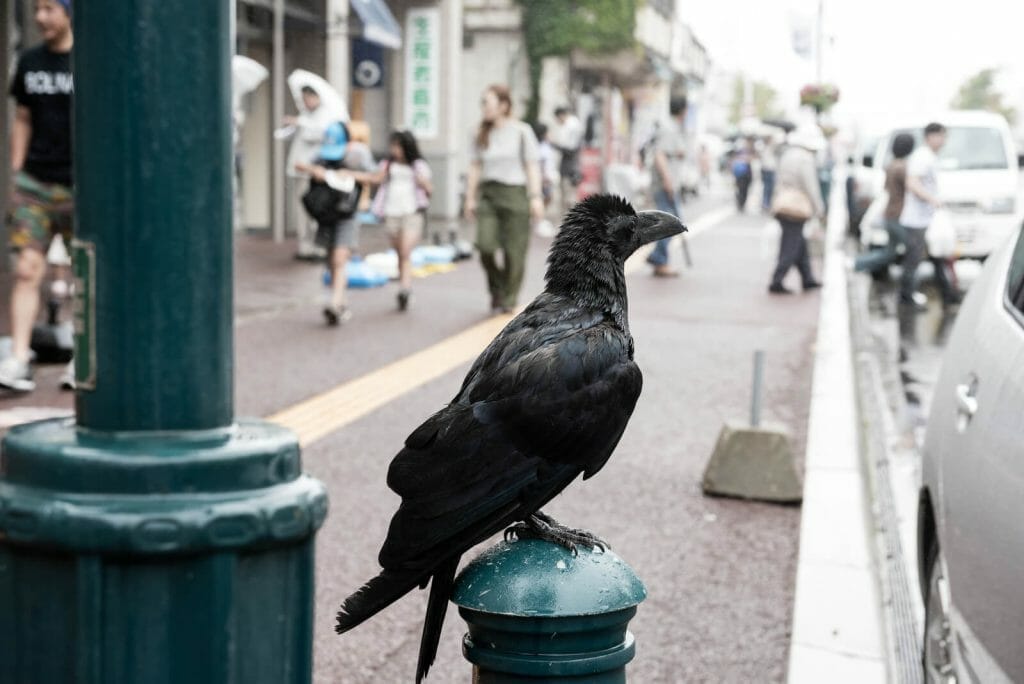
For example, if you find a feather in North America’s Pacific Northwest region (Washington State), it could belong to either an American crow or Northwestern crow since both birds inhabit that area.
4. The Role of Iridescence in Crow Feather Identification
Finally, the level of iridescence or coloration on a feather can be helpful in distinguishing between similar-looking corvid species.
For instance, the Chihuahuan Raven has comparable physical characteristics to the Common Raven, but the latter has more iridescence on its feathers than the former.
The iridescence and overall color of the plumage play a critical role in the identification between similar species.
Related Article: Owl Feather Identification
What is the difference between an American Crow and a Common Raven?
The American Crow and Common Raven are both large black birds from the corvid family, however, there are several noticeable differences between the two species in North America.
Key Differences Between Raven and Crows Feathers
- The American Crow is slightly smaller than the Common Raven.
- The Common Raven has a more prominent and stronger-looking beak compared to the American Crow.
- Ravens have a wedge-shaped tail, while crows have a more rounded or squared tail.
Sound Analysis: Recognizing Crow Calls for Feather Identification
- The American Crow sound like and produces a distinct “caw” sound.
- The Common Raven emits a lower-pitched “croak” sound.
Related Article: Common Grackle A Black Bird with a Blue Head
Step-by-Step Guide: How to Identify American Crow Feathers Found in the Wild
If you happen to find a feather that you suspect belongs to a crow or another species within the Corvid family, here are some tips on how to identify a crow feather:
- Observe the feather’s size, shape, color, and texture.
- Compare the feather to photos or illustrations in resources like the Feather Atlas or scientific publications.
- Consider the location where you found the feather, checking the habitat and geographic range of the species to make an educated guess.
- Familiarize yourself with the calls and sounds made by different corvid species, since the sounds they make can help you determine the likely source of the feather.
Understanding the Symbolism of Crow Feathers
Crow feathers carry a rich history of symbolism in various cultures across the world. They are often seen as symbols of change, transformation, intelligence, and spiritual guidance.
Finding a crow feather can serve as a reminder to embrace change and adaptability in your own life. It may also be a sign of the present moment, urging you to stay aware and appreciate the beauty and mystery of the natural world.
The Spiritual Significance of Black Crow Feathers
Crow feathers are believed to be powerful spiritual symbols that represent transformation, change, and awakening. When you find a black crow feather, it may be a sign that you are ready to let go of old beliefs or patterns that no longer serve you.
It could also indicate that you are about to embark on a new path in life or experience a significant shift in your perspective.
In some cultures, crows are considered messengers from the spirit world. They are said to bring messages of guidance and wisdom from ancestors or spirit guides. If you find a black crow feather during times of stress or uncertainty, it may be a sign that help is on the way.
Using Feather Atlas and Scientific Resources for Crow Feather Identification
There are several online resources can assist with how to identify crow feathers, such as the Feather Atlas, a comprehensive database maintained by the U.S Fish and Wildlife Service, and Cornell Lab of Ornithology’s All About Birds website.
There are also various books and guides on bird identification and ornithology that can be helpful, as well as reaching out to local bird experts or joining birdwatching groups to learn from experienced enthusiasts.
Conclusion
Mastering the art of identifying crow feathers takes time, practice, and attention to detail. However, it can be a rewarding skill for bird enthusiasts and nature lovers alike.
By learning about the size, shape, color, and texture of crow feathers, as well as distinguishing crow species and their cousins in the Corvid family, you can become an expert at how to identify crow feathers.
So, the next time you come across a black feather, remember these essential tips and tricks to correctly identify it as a crow feather and appreciate its unique beauty and symbolism.
FAQ
How can I tell the Difference Between Hawk and Crow Feathers?
To tell the difference between hawk and crow’s feathers, there are a few key characteristics to look for.
Hawk feathers tend to be longer and narrower than crow feathers, with a more pointed shape. They may also have distinct markings or patterns on the feathers, such as stripes or spots.
Crow feathers, on the other hand, are shorter and wider than hawk feathers and have a more rounded shape. They may also have a glossy or iridescent sheen to them.
To be sure of which type of feather you have, you may want to consult with an expert or use a field guide for bird identification.
What does finding a Crow
Feather Mean?
The meaning of finding a crow feather can vary depending on your personal beliefs and cultural background.
In some Native American traditions, finding a crow feather is considered a symbol of good luck and a sign that the person who found it is being protected by the spirit world.
Other cultures believe that crows are messengers between worlds and that finding a feather may be a sign of communication from beyond.
Some people simply consider finding a crow feather to be a beautiful and special moment, regardless of any symbolic meaning attached to it.
Ultimately, the significance of finding a crow feather is up to the individual who finds it and what it means to them personally.
Where Do You Gather Crow
Feathers?
Gathering crow feathers can be a fascinating experience, but it is essential to be aware of the legal restrictions and potential health risks associated with collecting bird feathers.
In general, it is not recommended to gather crow feathers from dead birds, as they may carry bacteria or viruses.
Instead, you may come across crow feathers naturally shed by the birds in areas where they are commonly found, such as parks, forests, or near their roosting sites.
However, it is crucial to note that the possession of feathers and other parts of native North American birds without a permit is prohibited by the Migratory Bird Treaty Act (MBTA).
This means that, in most cases, you should leave the crow feathers you find where they are, unless you have a valid permit or if the feathers belong to gamebirds that are legally allowed to be hunted.
Can Crow Feathers be Dark Brown?
Yes, Crow feathers can be dark brown and exhibit a variety of colors due to factors such as fading melanin, iridescence, and genetic variations.
While their feathers are commonly thought to be black, a closer look reveals shades of dark brown caused by the fading of melanin pigment over time.
Contrary to popular belief, crows display a diverse range of colors in their feathers. The breakdown of structural elements covering the melanin granules leads to a rusty brown appearance.
Crows and ravens possess iridescent feathers that reflect light, showcasing hues of green, blue, and purple with a wet sheen with Ravens exhibit a more pronounced iridescence compared to crows.
Crow feathers can also appear gray, brown, or even white due to genetic variations like leucism, a lack of dark pigment.
Do Crow’s Feathers go Grey with Age?
As crows grow older, their glossy blue-black feathers gradually lose their shine and take on muted shades of sepia and grey due to wear and tear. This change in plumage is temporary, as crows can grow new feathers, but it requires significant energy and typically occurs during periods of low activity.
Older crows are more likely to have white feathers due to genetic mutations associated with age. Unlike humans, birds don’t go grey in the same way, as their feather color is influenced by pigments and light interactions.
Some crows may appear grey if they lack specific pigments. Aging crows may also experience physical changes like shrinking bones and reduced strength and flexibility. Despite these challenges, crows continue to be important for insect control and seed dispersal in ecosystems.
Can You use a Crow Feather for Smudging?
Yes, you can use a crow feather for smudging. In traditional smudging rituals, feathers are used to waft the cleansing smoke produced by burning sacred herbs and medicines like sage, cedar, or sweetgrass.
Crow feathers, in particular, hold significant spiritual symbolism in many Native American tribes, representing protection, guidance, adaptability, resourcefulness, and magic.







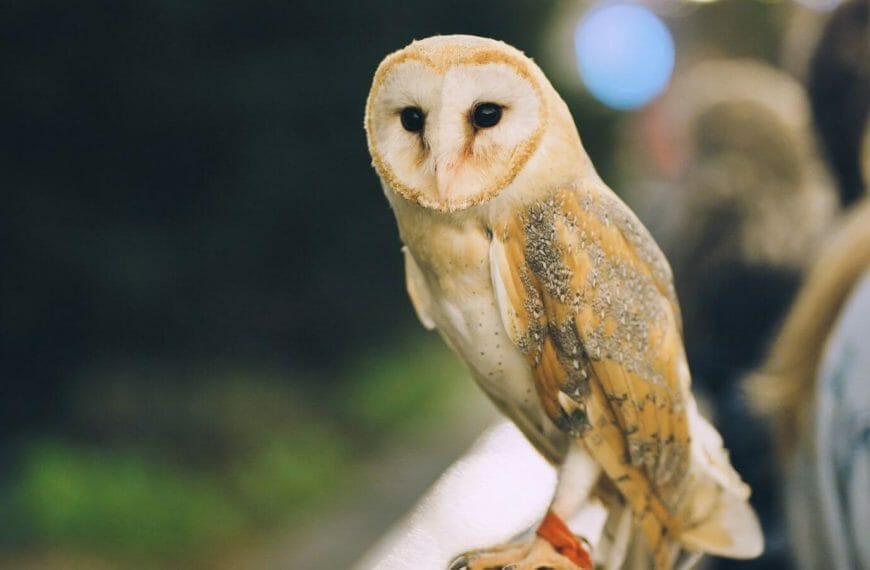


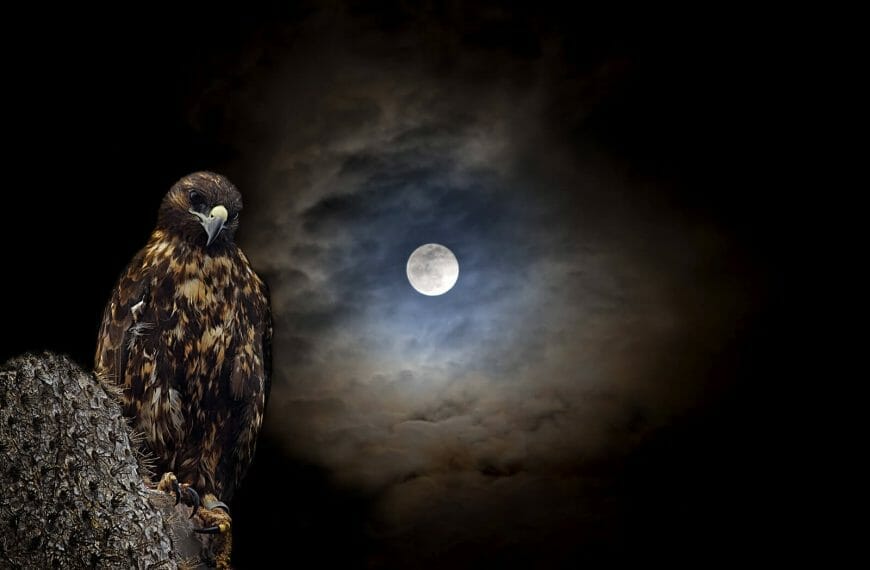







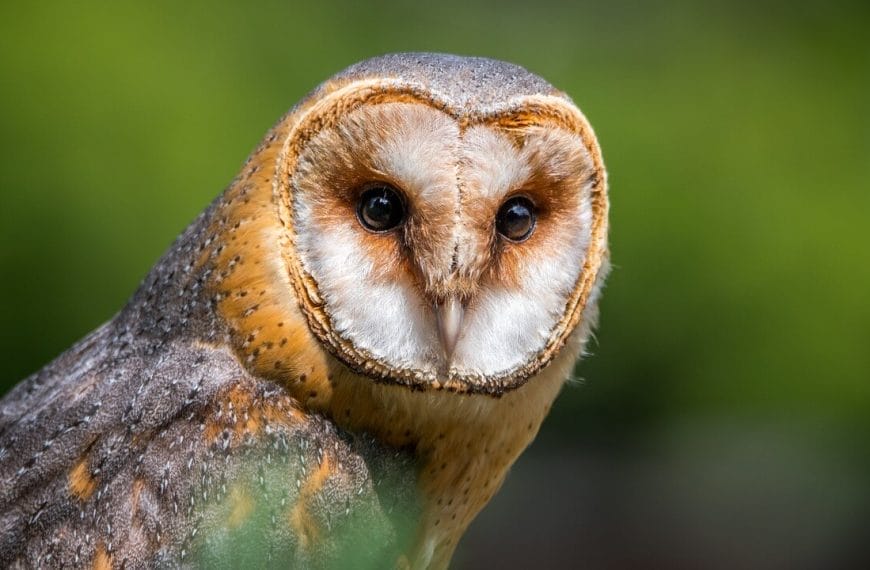

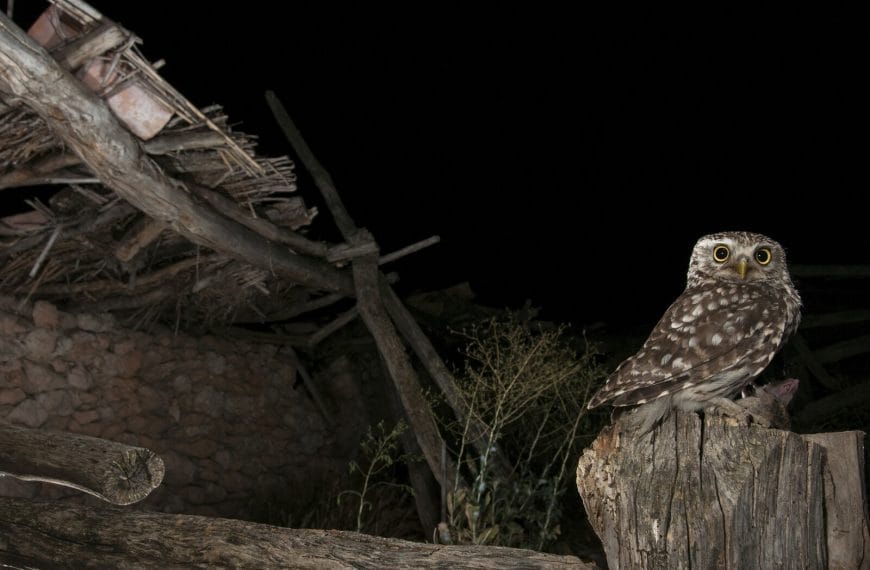

![How to Keep Birds Off Your Boat: Ways and [Best] Deterrents to Keep Birds Away From Your Boat](https://ekz2dfuukk8.exactdn.com/storage/2023/05/how-to-keep-birds-of-your-boat-870x570.jpg?strip=all&lossy=1&ssl=1)

![How to Attract Ravens to Your Yard: The [Complete] Guide to Attracting these Beautiful Birds to your Backyard](https://ekz2dfuukk8.exactdn.com/storage/2023/10/How-to-Attract-Ravens-to-Your-Yard.jpg?strip=all&lossy=1&ssl=1)






